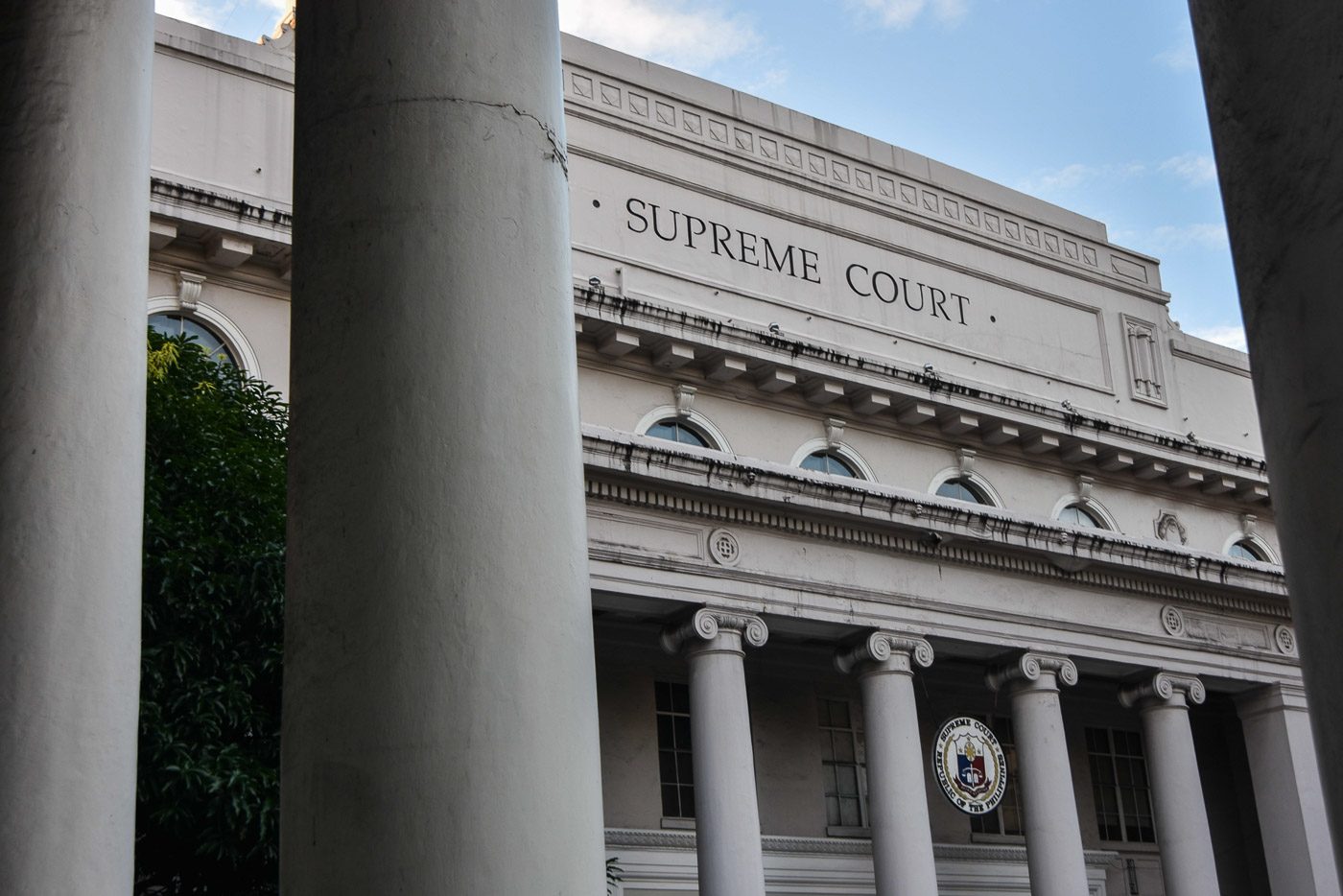SUMMARY
This is AI generated summarization, which may have errors. For context, always refer to the full article.

MANILA, Philippines – The Supreme Court (SC) on Tuesday, October 8, upheld several kinds of lump-sum funds as constitutional for following the rules on singular correspondence or line-item.
The SC en banc denied the petition filed in 2014 by now Presidential Anti-Corruption Commission (PACC) Commissioner Greco Belgica, which sought to declare as illegal the following lump-sum funds in the 2014 General Appropriations Act (GAA):
- P1 billion Contingency Fund
- P139.9 billion Unprogrammed Fund
- P2.5 billion E-Government Fund
- P405 million Local Government Support Fund
“The Court held that the assailed appropriations in the 2014 GAA are valid items with discernible singular appropriation purpose in compliance with the rule on singular correspondence,” said the Supreme Court’s Public Information Office (PIO).
Belgica said that the disputed lump-sum funds were discretionary in nature and violated the ruling of the SC that declared the pork barrel or Priority Development Assistance Fund (PDAF) as unconstitutional. Belgica was the petitioner in that landmark ruling penned by Associate Justice Estela Perlas Bernabe.
In this recent per curiam ruling, meaning a ruling of the court as a whole, the SC said the PDAF case clearly distinguished a legal lump-sum from a prohibited lump-sum, and that the 2014 lump-sum funds followed the rules.
A lump-sum fund is legal if it has singular correspondence.
“(It means) an allocation of a specified singular amount for a specified singular purpose, otherwise known as a line-item.This treatment not only allows the item to be consistent with its definition as a “specific appropriation of money” but also ensures that the President may discernibly veto the same,” said the 2013 PDAF ruling.
Legal
Here are the reasonings of the SC why the 2014 lump-sum funds were constitutional:
- Unprogrammed Fund – “It specifically identified the public purposes for which the fund may be used and contained singularly corresponding purposes.”
- Contingent Fund – “Its purpose was to cover the funding requirement of new or urgent projects that need to be implemented during the year, and the foreign travel expenses of the Office of the President which were not and could not have been anticipated during budget preparation and authorization. Hence, the same cannot be itemized.”
- E-Government Fund- “Its nature as a cross-agency fund required it to be subject to the determination by the administrative agencies of the ongoing strategic information and communication technology projects in the priority sectors identified by the Legislature in the budget.”
- Local Government Support Fund – “It provided sufficient standards which set the limits of the Executive’s authority to disburse the LGSF, the legislative policy behind the fund, and identified the conditions under which the fund may be utilized.”
The SC said that it applied another rule from the 2013 PDAF ruling, which said: “An appropriation may be validly apportioned into component percentages or values; however, it is crucial that each percentage or value must be allocated for its own corresponding purpose for such component to be considered as a proper line-item.”
A full copy of the decision was not yet available. – Rappler.com
Add a comment
How does this make you feel?
There are no comments yet. Add your comment to start the conversation.